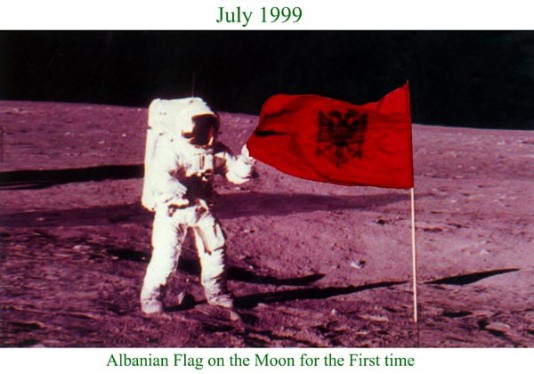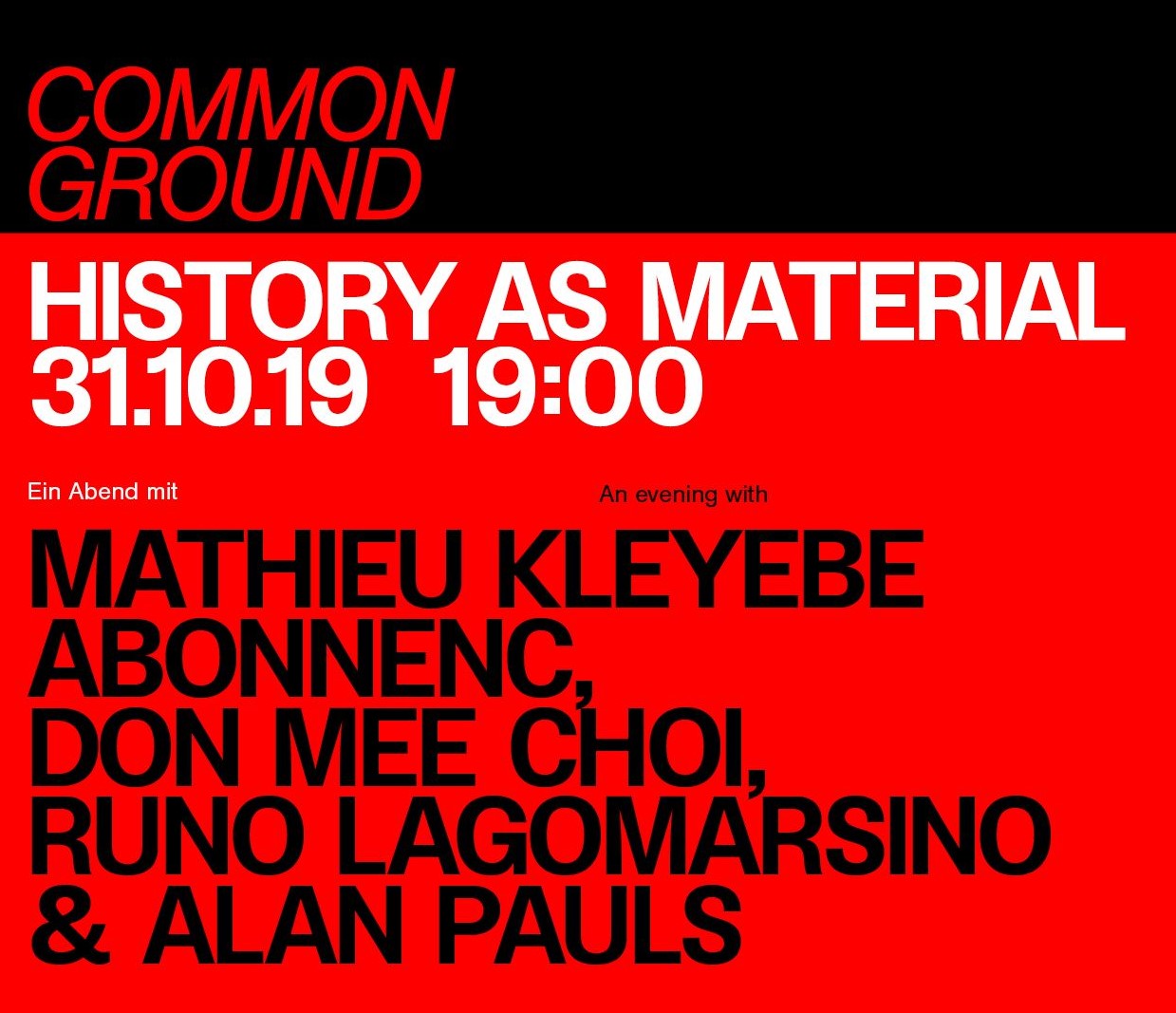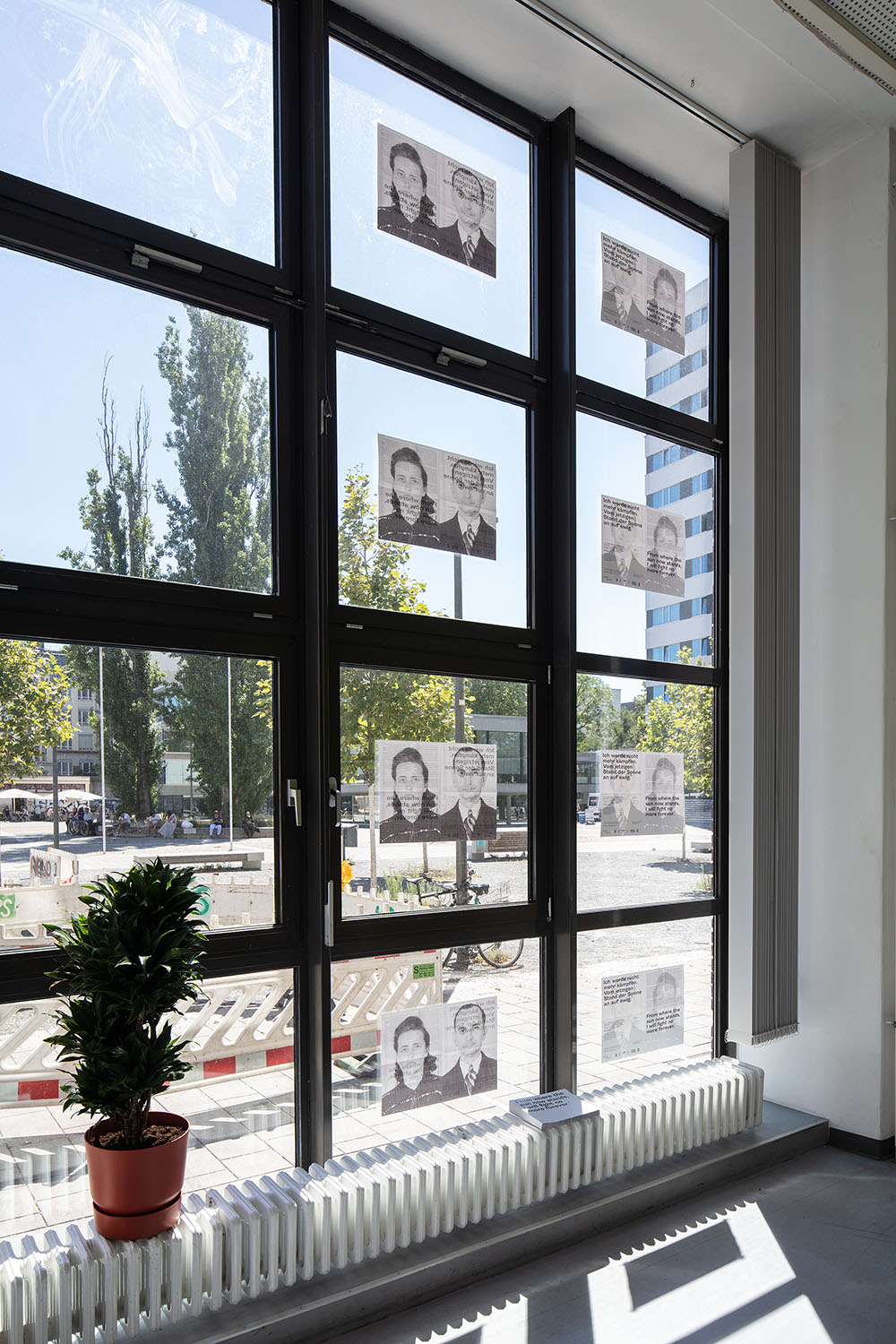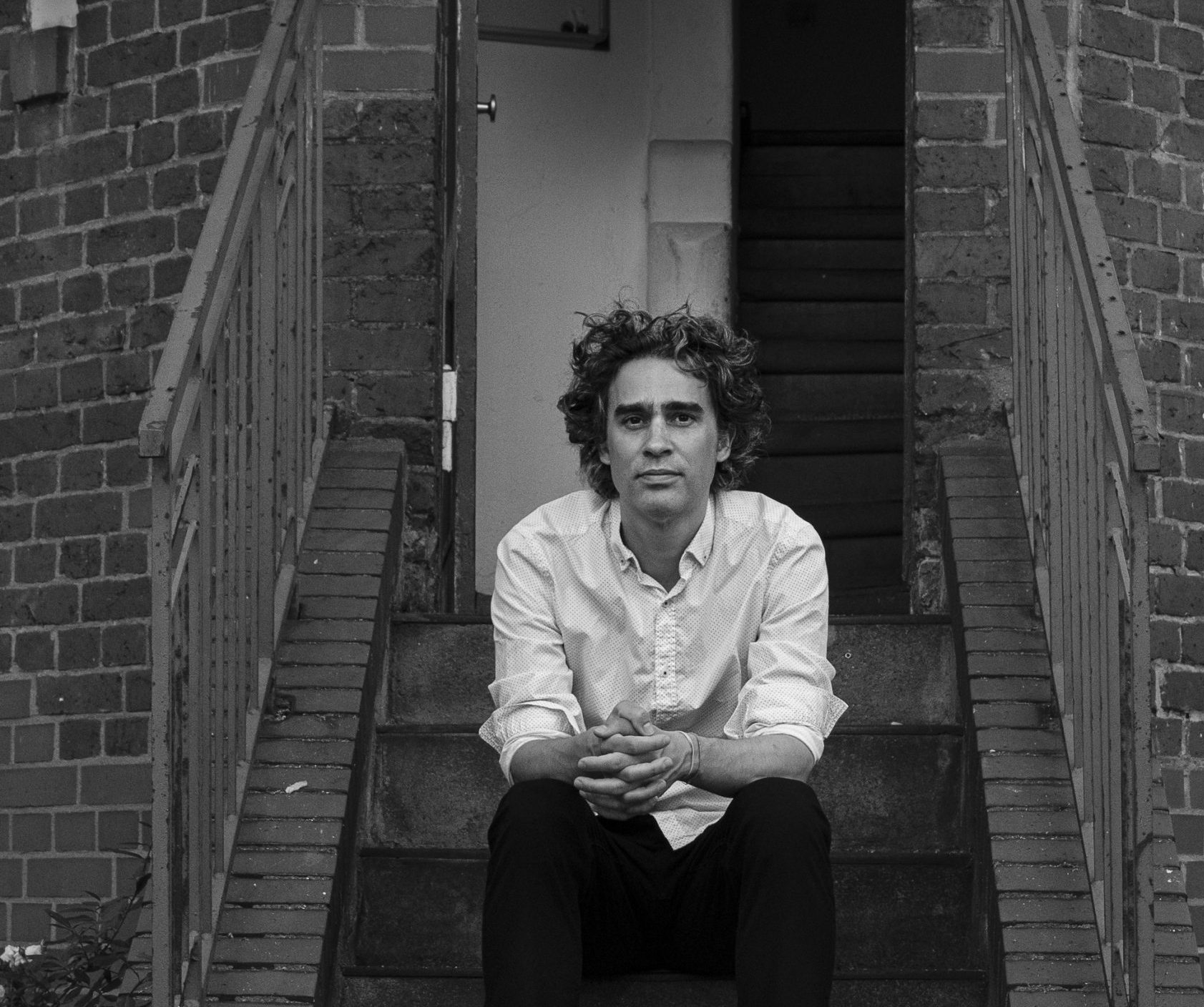Brazil / Sweden, Visual Arts, 2019
Runo
Lagomarsino
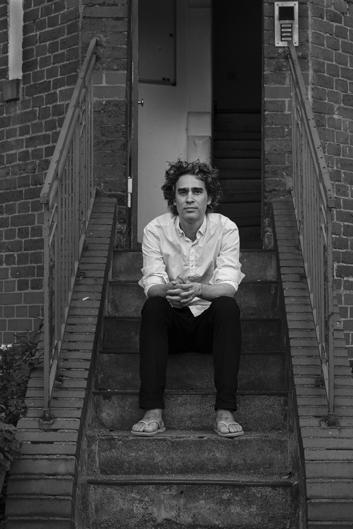
Runo Lagomarsino (*1977 in Lund, Sweden), in his installations, videos, photographs, and drawings, focuses on the concepts and institutions that generate national identities and draw borders. He also gives well-worn categories a new lease of life. Again and again, his works circumnavigate places and the means and methods related to transit—the actual movement of people and goods across borders, but also the symbolic border crossings of colonialist structures and mind-sets that are constitutive of our present time.
All this is in plain view in Lagomarsino’s work, for example, the video More Delicate Than the Historians’ Are the Map-Makers’ Colors (2012–13) shows the artist and his father in a park in Seville. The two are carefully unpacking eggs they have imported illegally from Buenos Aires. They then throw the eggs at the giant Egg of Columbus, The Birth of a New Man, a monument by the Georgian-Russian artist Zurab Tsereteli. Since Lagomarsino’s oeuvre features recurring elements, it comes as no surprise that he then cites various aspects of this video in a number of subsequent works, for instance, the history of monuments addressed in the slide projection Following the Light of the Sun, I Only Discovered the Ground (2012–14). The artist’s father puts in another appearance when Lagomarsino follows his footsteps in the photographic series Crucero del Norte, which dates from 1976–2012: in 1976, the father boards a bus from Buenos Aires to Rio de Janeiro to escape Argentina’s military dictatorship; in 2012, the son reenacts the journey. The tongue-in-cheek activism of the egg throwers finds its counterpart in the 2013 installation Stolen Light (Abstracto en Dorado). Here, neon tubes and light bulbs pilfered from Berlin’s Ethnologisches Museum are mounted opposite a gilt wall. Could it be that Lagomarsino is asking us to reflect on the parallels between the light sources and what they used to illuminate, namely the ethnographic exhibits extracted from place and original function, and likely under conditions of dubious legality? And when a grove at Göteborg’s port, whose trees were felled to foil the illegal arrival of migrants, reappears outside the city’s police station, is he confronting us with the issues of borders and control? The trees were marked with copper rings to aid this meditation, while simultaneously becoming an activist gesture (A Country’s Landscape, 2016). Such a gesture is just as poetic—in condensation and in the abstraction of the theme it turns on—as the statement the artist had printed on posters in 2009: “If you don’t know what the south is / It’s simply because you are from the north.” After its relaunch in 2015 it is now to be found on a luggage conveyor belt at Göteborg airport, an instance of poetry in the everyday that is as casual as it is pointed.
The close links between works allows Lagomarsino to create exhibition constellations anew, as he did in the solo exhibitions of 2018 at the Dallas Museum of Art and Galeria Avenida da Índia in Lisbon, or in 2015 at Malmö Konsthall and La Criée centre d’art contemporain, Rennes. In 2006, his slide projection We all laughed at Christopher Columbus provided the title for a group exhibition at the Stedelijk Museum Bureau Amsterdam. Moreover, his work has been shown in numerous institutions, including the Venice Biennale (2015 and 2011), Guggenheim Museum, New York (2014), Museo de Arte Latinoamericano de Buenos Aires (MALBA, 2016), Los Angeles County Museum of Art (LACMA, 2017), Museum of Contemporary Art, Chicago (2017), and Museo de Arte de Lima (2018). In 2018, he participated in the XIV Cuenca Biennal in Ecuador and XIII Bienal FEMSA in Zacatecas, Mexico. Lagomarsino lives and works in Malmö and São Paulo.


